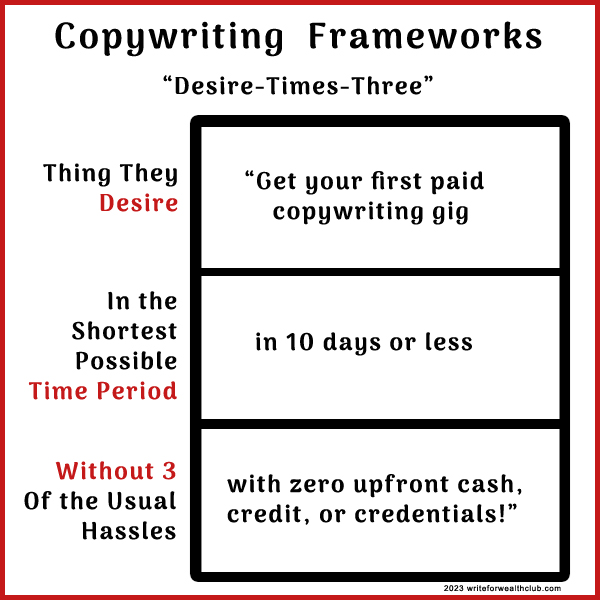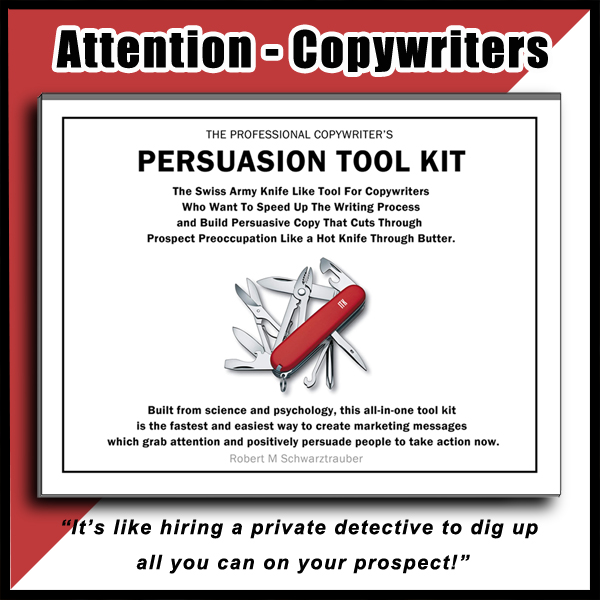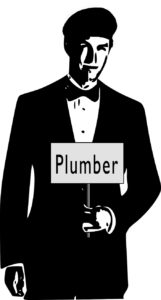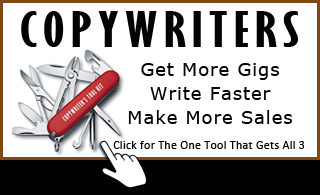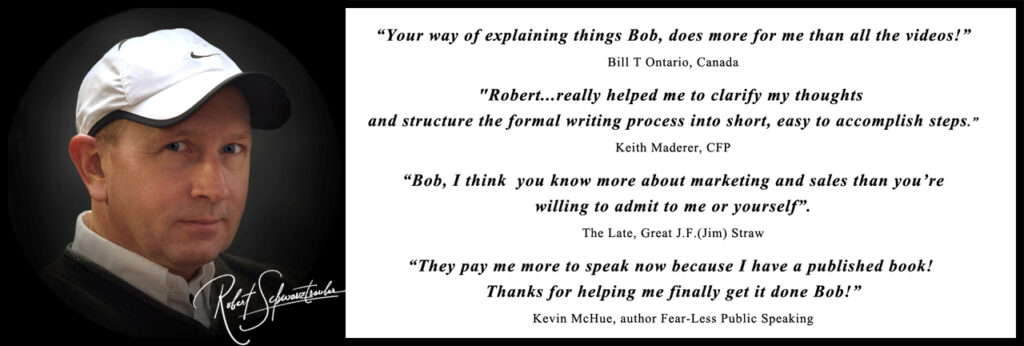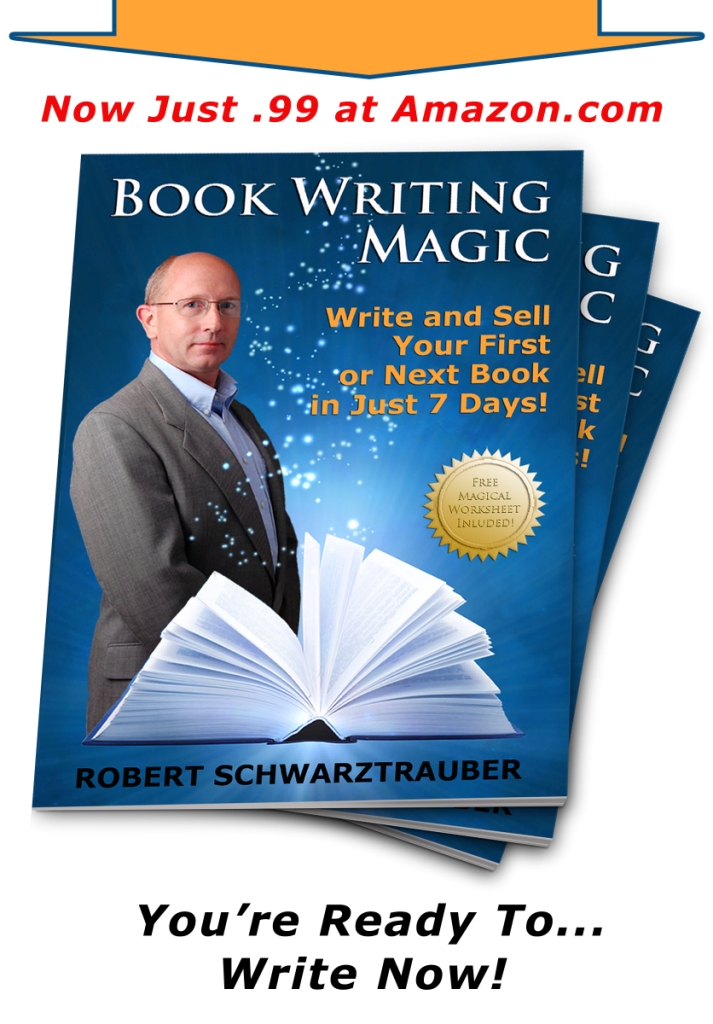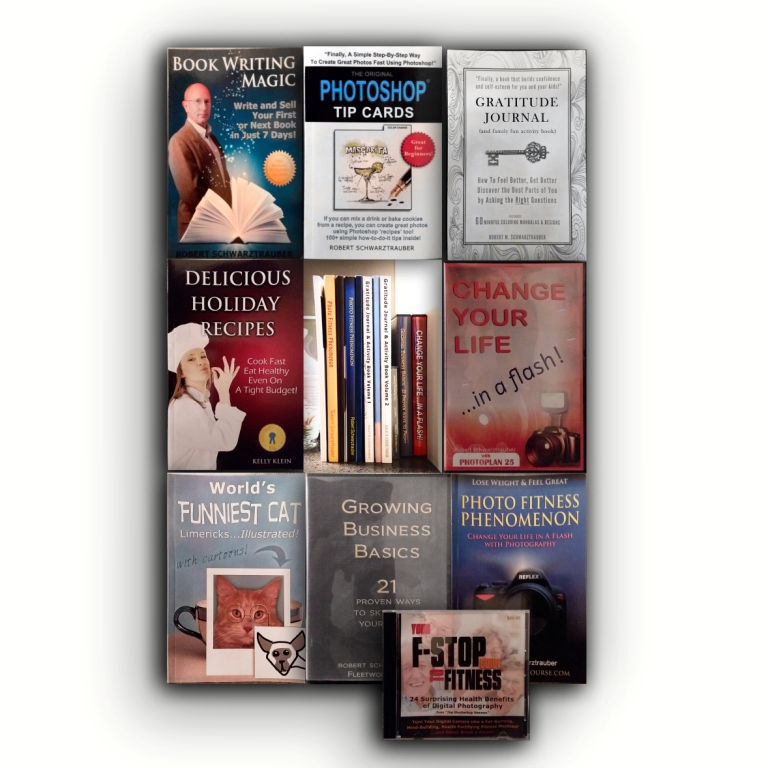Copywriting Frameworks for Crafting Compelling Copy
Copywriting frameworks provide busy copywriters with ease, structure, and guidance for creating effective advertising messages based on principles which have already proven effective in past promotions. Why reinvent the wheel!
They act as templates to help organize thinking and develop compelling copy. This article will explain some of the most common copywriting frameworks used by the most professional copywriters and marketers of the past and still today.
Simple Headline Template
One of the simplest, but most effective headline templates you can use looks like this:
AIDA Framework
The AIDA framework guides the reader down a slippery slope of:
- Attention
- Interest
- Desire
- Action
We first grab their attention with a striking headline or opening. Then stimulate interest in our product or service, often with a story. Next, we build desire by emphasizing benefits, transformation, and especially by tapping key emotions. Finally, we prompt them to take action – make a purchase, signup, inquire, etc. by putting forth an offer so good, they’d feel stupid to pass it up.
Problem-Agitate-Solve Framework
This framework involves:
- Presenting the customer’s problem or pain point
- Agitating the problem to increase urgency
- Positioning your product/service as the solution
First connect with the audience by showing you understand their struggles. Then make them anxious to solve those struggles quickly. Lastly, demonstrate how your offering perfectly alleviates their pain or solves their problem.
It might go something like this:
Problem: Do you suffer through each day with crippling back pain?
Agitate: Sadly, this seldom gets better on its own. In fact, ignoring this problem can lead to other health problems, such as knee pain, sciatica, sleeplessness and even deadly slips and falls.
Solve: Recently, a clinic in Sweden has begun marketing a phenomenally effective lower back treatment known as “Spine Twine”.
This is a made up scenerio, of course, to simply give you an example of the framework.
In order to effectively develope your initial callout, or headline to the prospect, one would first do research into the buyer hotbuttons which reveal pain points your prospect is most likely to react to.
The best way to gain attention is to have the reader believe you are talking straight to them. You know them so well. You describe their pain or problem exactly.
The Copywriter’s Persuasion Toolkit, with it’s simple templates, and clear visual guides lets you quickly and easily discover your prospect’s most unique and powerful emotional triggers.
Before-After Framework
The before-after framework paints a negative “before” picture showing the situation without your product. This is contrasted with a positive “after” picture demonstrating the transformation after using your product.
Dramatically highlight how your customer can go from their current frustrating state to an ideal future state with your help.
Weight loss ads commonly use this framework. Bodybuilding ads as well. The home improvement industry also does this effectively. Any time you can have a marked physical transformation, it’s good to both show the before and after photos along with a heart-warming story of how your product or service contributed to their success.
Photos aren’t always mandatory.
One of the most famous, most successful before and after promotions of all time was done by Martin Conroy in his “Two Young Men” letter for the Wall Street Journal. That story sold over $2 billion in subscriptions over a span of about 25 years. It told the story of two young men who started out the same (before), but one found wild success later on in life (after). What was the difference? The successful one subscribed to the Wall Street Journal!
No before and after photos were needed for this. The story said it all.
FEAR Framework
FEAR stands for:
- Features
- Emotional Benefits
- Advantages
- Results
List the main features and uniqueness of your product. Highlight the emotional benefits customers will feel. Explain logical advantages over alternatives. Vividly portray the tangible results achieved.
This framework progresses the audience from product facts, to feelings, to rational arguments, to envisioning real-world outcomes.
As we’ve seen in our previous post, FEAR is one of the most powerful human motivators.
TRANSFORMATION is another powerful motivator. Most folks want something different. Walk them through how your product or service can provide that. Show the transformation that’s possible in a way that lets them think,
“Hey, I think if I only had that, I could do this!”
Simple Copywriting Formulas
Some standard copywriting formulas include:
- “How to ___” – Teach the reader how to accomplish something relevant to your product. “How to lose 10 pounds in 20 days.” Better is the three part, Desire-Times-Three format.. “How to lose 10 pounds, in 20 days, without dieting, exercising, or ever feeling hungry.”
- Listicles – List out reasons, benefits, etc. related to using your product. Lists attract attention.
- “_ Ways to ___” – Like listicles, but focused on specific ways your product can help. “10 Ways To Earn $100 Today”. Better using Desire-Times-Three…”10 Ways to Earn $100 Today Without Contacts, Skills, or References.”
- “X vs Y” – Compare your product to a competitor or customer’s current situation. One car rental company capitalized wildly on the fact that they were NOT number one. Avis’ most widely recognized slogan , “We try harder.” had mass appeal to folks who valued customer service most of all.
Conclusion
Copywriting frameworks provide tried-and-true structures to organize persuasive messages and promotions. Mastering these foundational formulas and templates allows copywriters to efficiently compose compelling advertisements.
Many veteran copywriters, the late, great Gary Halbert most notably, insisted that newbies hand-copy past successful promotions to get a “feel” for how effective copy is written.
To internalize the flow, the formulas, and the feelings good copy evokes.
Hopefully this brief overview of popular copywriting frameworks gives a sense of how to effectively craft marketing copy and advertising content.
However, at the foundation of every useful framework is an intimate understanding of the emotional triggers which must be tapped in order to get YOUR prospect to act.
Kid’s won’t bite no matter how many benefits you list for brussels sprouts. And vegans will never be swayed by the transformational benefits of beef.
In order for any promotion to be successful, you have to know what moves YOUR people. What their deepest desire is for.
That teen boy you’re trying to entice with clearer skin, isn’t interested at all in the chemistry of your pimple cream. He wants to know how fast it will get rid of that friggin’ zit because he has a date with the love of his life on Friday.
How do you discover the most potent and hidden desires of ANY prospect?
The Copywriter’s Persuasion Toolkit, with its simple templates, and easy visual guides is the fastest and simplest method I’ve found. Others seem to like it too.
Comes with a hassle-free guarantee. So there’s no risk at all to try it.
Which copywriting framework will you try first?
– Robert Schwarztrauber
P.S. Internet sensation Andrew Tate offered this powerful nugget of wisdom once that stuck with me. When asked, “Andrew, how do I get people to buy?” he said you just have to flip it. Ask yourself, every time you make a purchase, ask yourself, “How did they just get me to buy this?” “How did they get me to buy this $7 cup of coffee at Starbucks?” Was it store ambiance? Was it I want to be seen with a Starbuck’s cup, like I’m cool too? Was it because no coffee tastes better? Was it because they ask for my name, then screw it up and make me laugh? Do this, ask, keep a journal. Soon enough you’ll have a big list of not just why you buy, but why all those other folks do as well. Then, do what they did.
